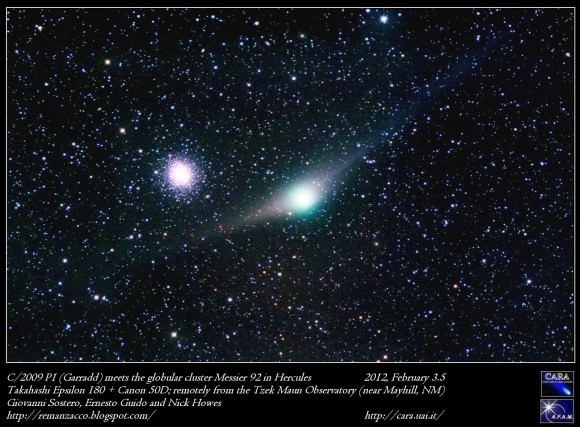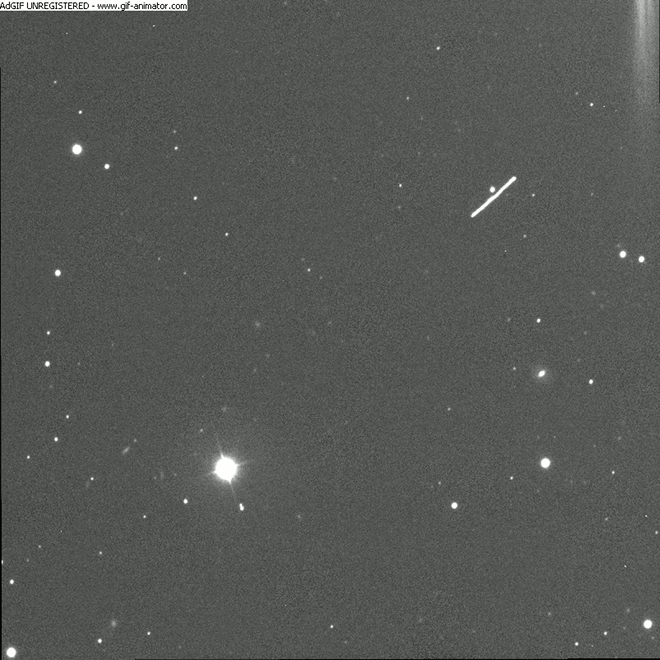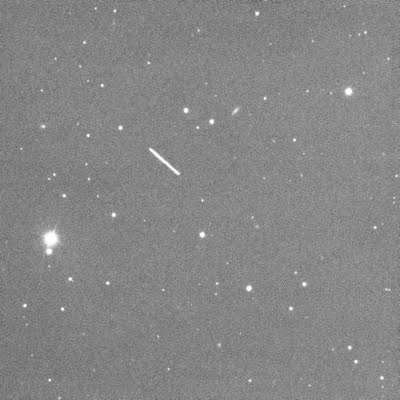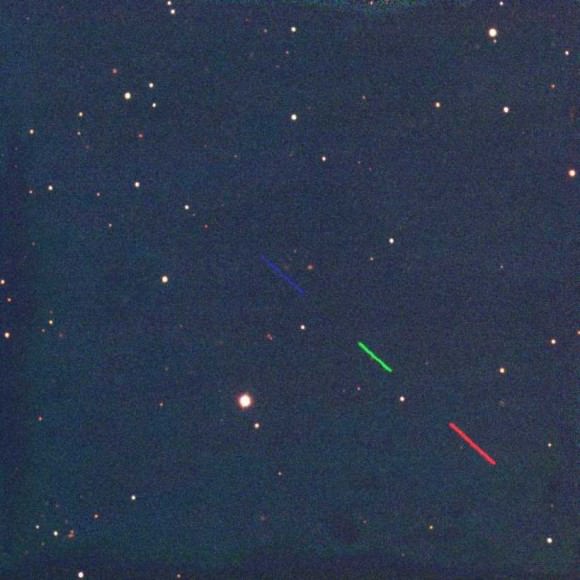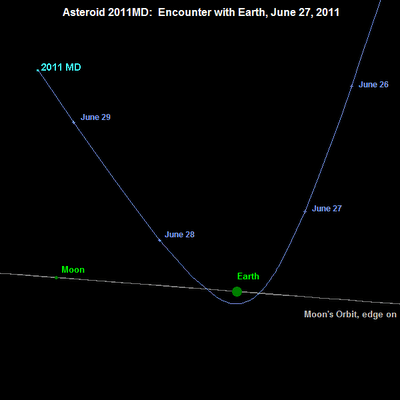Giovanni Sostero, 1964-2012. Image courtesy of the Remanzacco Observatory
With sadness, we learned of the death of amateur astronomer Giovanni Sostero last Friday. Universe Today readers will remember Giovanni as a member of the team of astronomers from the Remanzacco Observatory in Italy, whose outstanding work we frequently feature, especially for their observations of comets, asteroids and supernovae. Tragically, Giovanni was just 48 years old and passed away due to complications following a heart attack.
Giovanni was credited with the discovery of several supernovae, and Asteroid 9878 Sostero (1994 FQ) was named after him to honor his astronomical observations. His work was published in several professional astronomical journals and he was a leading and active member of the Associazione Friulana di Astronomia e Meteorologia, based in Friuli, Italy, and was an honorary member of the Astronomical Observatory of Visnjan in Croatia.
Not only did he work hard behind the eyepiece, but he was very active in public outreach about astronomy.
Giovanni’s closest colleagues were his co-astronomers at the Remanzacco Observatory, Ernesto Guido and Nick Howes. Both have graciously penned their remembrances of Giovanni for Universe Today, so please read on to get a true sense of not only how much Giovanni contributed to the world of astronomy, but also his unique personality. He will be greatly missed and we at Universe Today send our condolences to his family and friends.
From Ernesto Guido
Italy:
Over the past eight years, I had the privilege to undertake astronomy projects working closely with Giovanni Sostero. In fact our collaboration and friendship started at the beginning of 2005. At that time Giovanni was already an accomplished amateur astronomer known both nationally and internationally for its expertise, his scientific rigor and for his overwhelming passion for the comets. For my part, I was then moving the first steps as a young amateur astronomer. Eager to do my part, I dearly wanted to be a part of any team with the best names in contemporary astronomy and for these past 8 years was lucky enough to meet Giovanni along my own personal road.
Born in Udine in 1964, Giovanni was for many years President of the Italian astronomy association AFAM of Remanzacco. He was coordinator of the comet section of UAI (Unione Astrofili Italiani) and one of the leaders of CARA Team (Comet AfRho Research Group). He began his collaboration with the UAI Comet section in 1983 (the year of perihelion passage of 22P/Kopff), and subsequently participated to the International Halley Watch watching the 21P/Giacobini-Zinner and 1P/Halley.
His passing is a great loss for all those who loved him and for the world of astronomy. It is impossible to list here the many discoveries, articles and all contributions he made to the world of professional and amateur astronomy, not only to the field of comets.
One need only recall the 11 supernovae discovered by him in the years 2005-2009, a nova in the galaxy M31 in 2000 (the first discovery by amateur means) together with dear friends of Remanzacco Observatory, the discovery of dozens of asteroids and the observation and follow-up of hundreds of comets and Near Earth Asteroids (NEOs). In the last two years, we had embarked on a new partnership and friendship with the English amateur astronomer Nick Howes. We both agreed that we could get wonderful results together with Nick, but a cruel fate took Giovanni away too soon.
It will be impossible to fill the void he leaves, but the best way to honour him will be to continue on the road we had taken together to try shed some more light via our research on the objects he loved so much, the comets.
Giovanni was a great person, a great astronomer and the best of friends. I will miss him immensely!
Comet Garradd (C/2009 PI) as it passes by the globular cluster M92 in the constellation Hercules, was taken remotely from the Tzek Maun Observatory in New Mexico by the team of Giovanni Sostero, Ernest Guido and Nick Howes.
From Nick Howes,
UK:
I first encountered the remarkable Giovanni Sostero and his long time friend and collaborator Ernesto Guido in 2010, after the successful imaging of Comet 103P in support of the NASA AOP program. I was using the 2m Faulkes Telescopes a lot for cometary imaging, and after we got chatting, onlline, we decided to collaborate as a team working on both the Faulkes scopes and also their own observatory in Italy for ongoing cometary research projects. His knowledge of the skies was truly staggering, as was his knowledge of comets in general. I learnt so much from working with him, a kind, generous and informative individual with a phenomenal sense of humour.
You only have to look at the over 1880 NASA ADS citations he has for his work, combined with several supernova discoveries and an asteroid named after him, to realise that not only the amateur community, of which we are all proud members, but the professional astronomical community, respected and loved this man.
The reaction on the social media sites and comet mailing lists has been universal, one of shock and deep sadness, that we have lost such a wonderful mind, and such a great person. I valued his friendship greatly, his mentoring, his help and passion for astronomy were invaluable, and words can’t express the deep sadness I think we all feel. The team at Faulkes…well we’re all in deep shock… as we had great plans for this year, with the ESA comet 67P mission project, our plans to track comet ISON and comet Panstarrs L4, but Ernesto and I will continue, and aim to honour his name with many great new discoveries.
You can read more words of condolences for Giovanni here.


